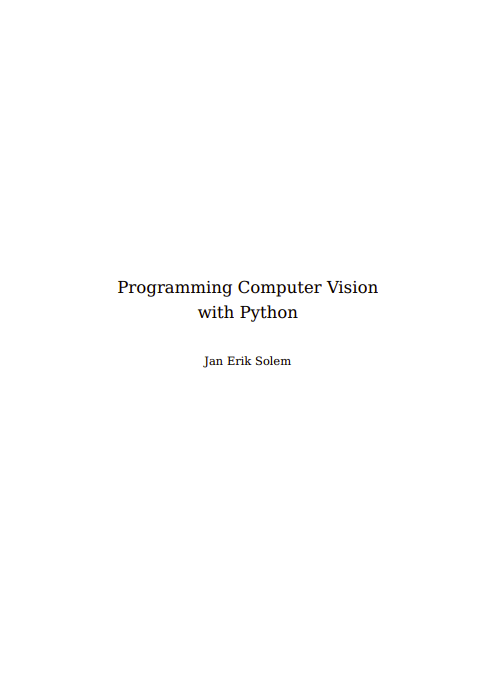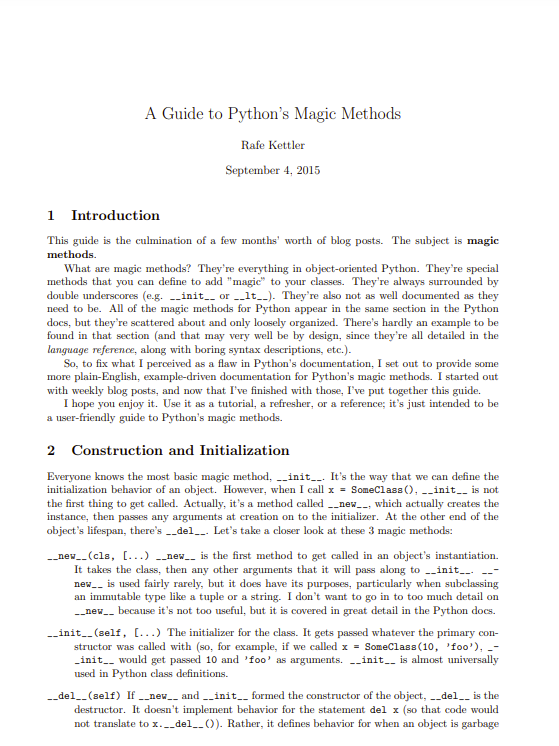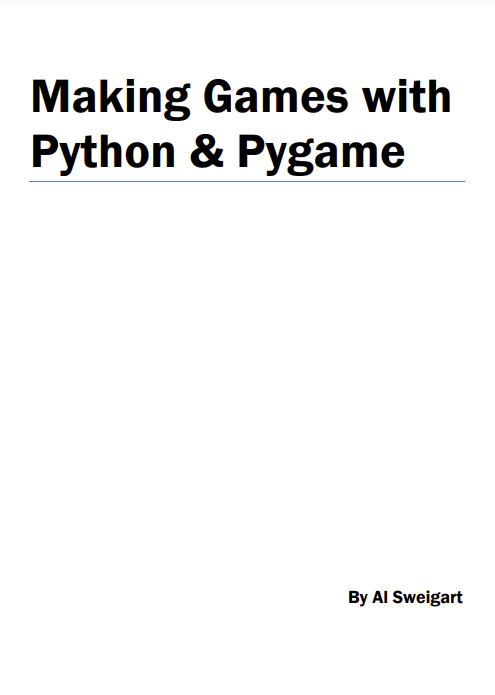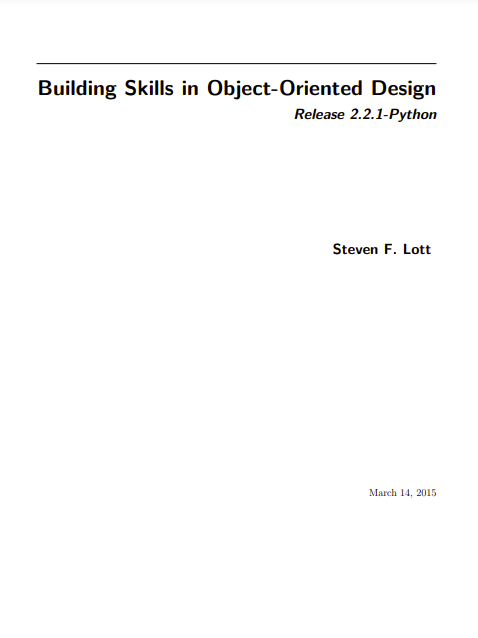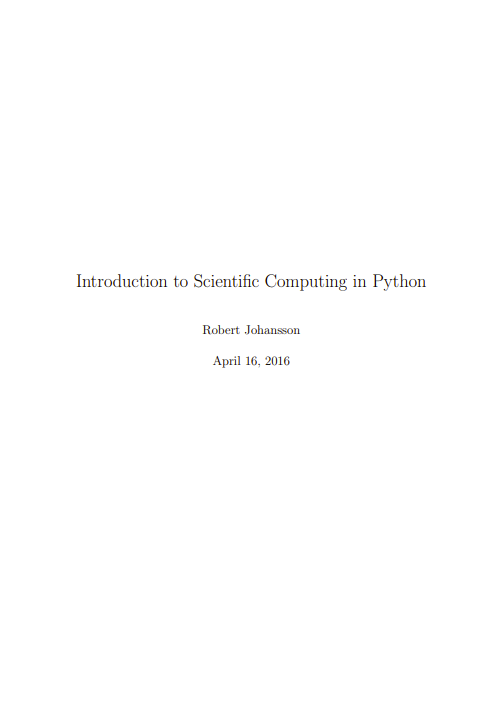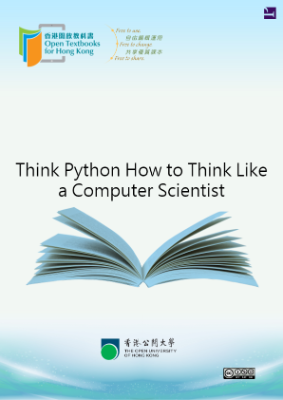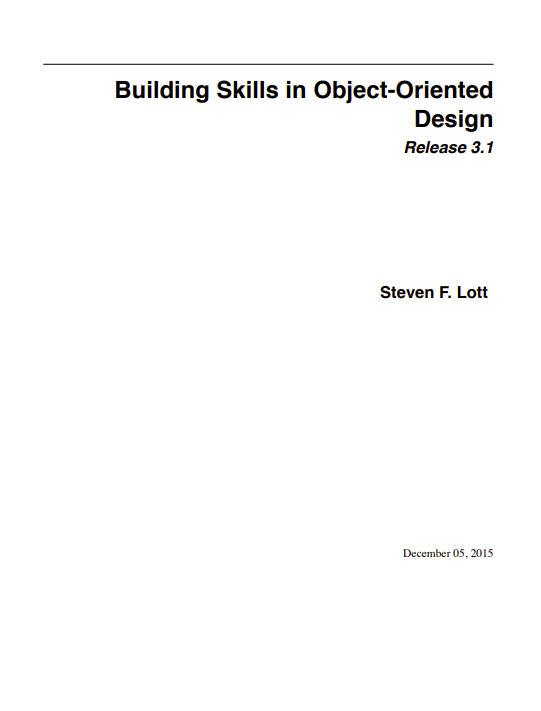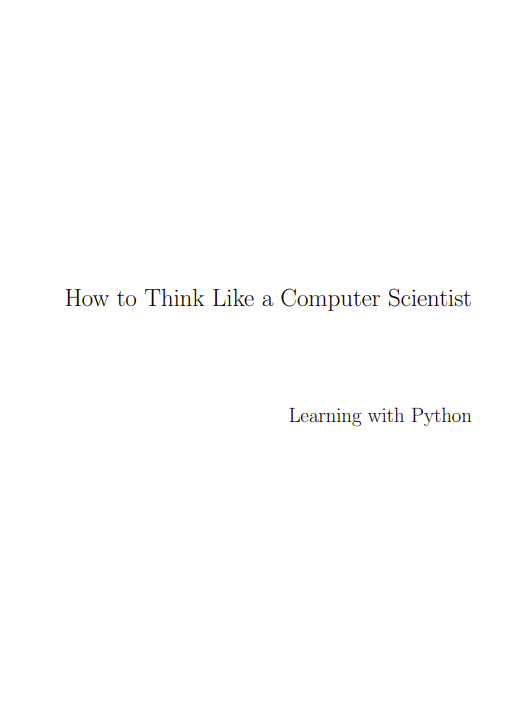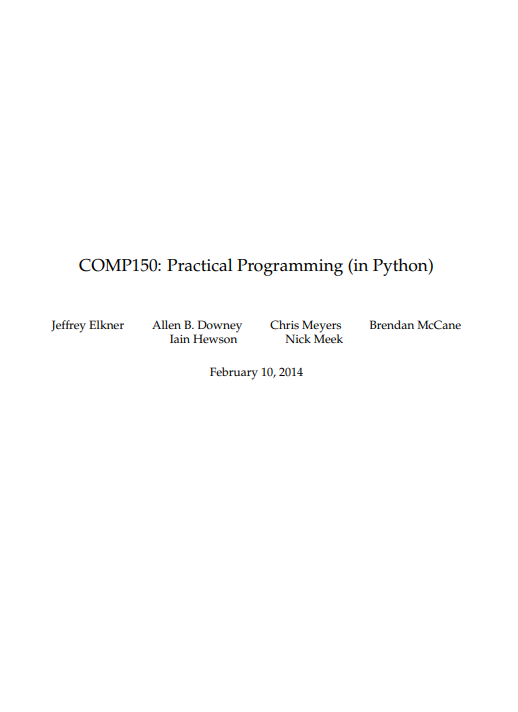Today, images and videos are everywhere. Online photo-sharing sites and social networks have them in the billions. Search engines will produce images of just about any conceivable query. Practically all phones and computers come with built-in cameras. It is not uncommon for people to have many gigabytes of photos and videos on their devices.
Programming a computer and designing algorithms for understanding what is in these images is the field of computer vision. Computer vision powers applications like image search, robot navigation, medical image analysis, photo management, and many more.
The idea behind this book is to give an easily accessible entry point to hands-on computer vision with enough understanding of the underlying theory and algorithms to be a foundation for students, researchers, and enthusiasts. The Python programming language, the language choice of this book, comes with many freely available powerful modules for handling images, mathematical computing, and data mining.
When writing this book I have had the following principles as a guideline. The book should:
- be written in an exploratory style. Encourage readers to follow the examples on their computers as they are reading the text.
- promote and use free and open software with a low learning threshold. Python was the obvious choice.
- be complete and self-contained. Not complete as in covering all of the computer vision (this book is far from that!) but rather complete in that all code is presented and explained. The reader should be able to reproduce the examples and build upon them directly.
- be broad rather than detailed, inspiring, and motivational rather than theoretical.
In short: act as a source of inspiration for those interested in programming computer vision applications.
